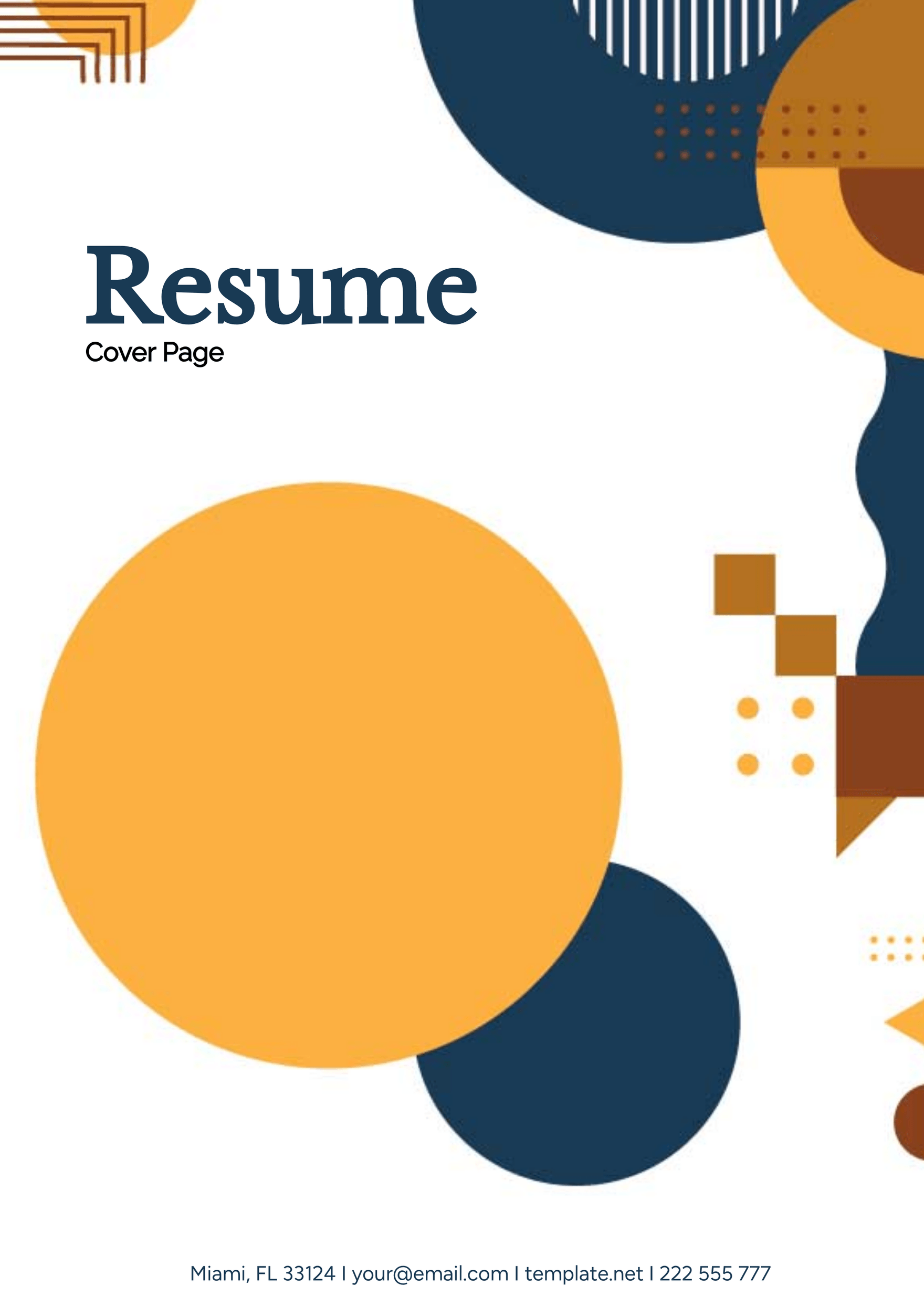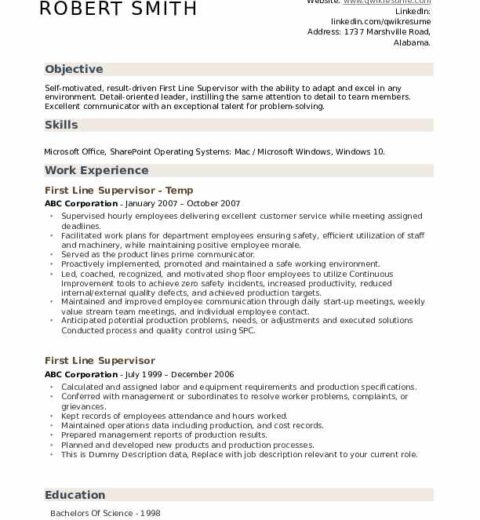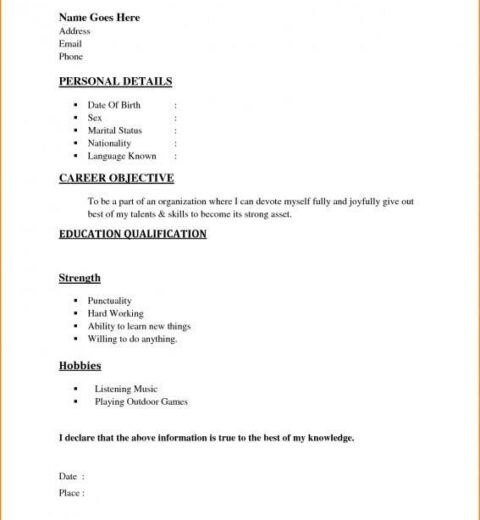Imagine for a moment that you are sitting at your desk, the sun streaming through the window, illuminating the stacks of resumes in front of you. Each one, meticulously crafted, represents someone’s ambition, their hopes, and their dreams. But here’s the kicker: what sets your resume apart from the competition? What if a simple yet striking cover page could captivate a hiring manager’s attention in seconds? Crafting an impressive resume cover page is not just art; it’s a strategic approach to securing that coveted interview. This article will guide you through the intricate process of creating a resume cover page that stands out in a sea of applicants.
First, let’s delve into the purpose of a resume cover page. A cover page serves as the preliminary introduction to your application, setting the tone for the rest of your document. It offers the first impression, perhaps the most crucial one, that a recruiter will form about you. A well-designed cover page not only showcases your personality but also demonstrates your professionalism and your sincerity in applying for the position. Have you ever paused to consider what that first impression communicates? This is your moment to shine.
When creating a resume cover page, consider the aesthetic and layout carefully. Simplicity is often a virtue. You want it to be visually appealing yet not overwhelmed by garish colors or convoluted designs. Settle for a clean layout that conveys professionalism. Incorporate a balanced use of white space that allows the eyes to rest and guide the reader effortlessly across the page. Typically, a clean and structured layout can be segmented into several core components: your name, contact information, and a succinct professional statement or title.
Now, let’s explore how your name plays a pivotal role in the design. Your name should take center stage, appearing prominently in a larger font at the top of the cover page. This is your chance to command attention. Use a font that reflects your personality; however, keep it legible. Remember: extravagant fonts may detract from your message rather than enhance it. Below your name, include your contact information—such as your phone number, email address, and LinkedIn profile—concisely yet clearly displayed.
Following your identification, consider the incorporation of a professional statement. This succinct summary can be a few sentences long and should encapsulate your career objectives and what you bring to the table. What can you offer that’s unique? Wouldn’t it be advantageous to expertly convey this in one impactful statement? Striking the right balance between confidence and humility can be challenging, yet it’s essential. Reflect on your career highlights, skills, and aspirations, choosing words that resonate with the position you’re applying for.
Next, the visual elements shouldn’t be overlooked. Integrating a subtle graphic or personal logo can enhance your cover page’s appeal. However, strive for subtlety; any design should not overshadow the textual content. Consider employing a muted color palette that harmonizes with the theme of your resume while simultaneously reinforcing your personal brand. This can indicate that you are thoughtful and detail-oriented—qualities highly sought after by employers.
Charts or infographics can also be valuable. For instance, consider including a small chart delineating your skills matched against the job description. If you’re applying for a role that values creativity, perhaps a minimalist pie chart representing proficiency in various skill sets would engage the reader and convey information quickly. How effectively can you convert complex information into digestible snippets? This shape of creativity expresses your ability to communicate efficiently.
After the aesthetic component is addressed, shift your focus to the final touches. Proofreading is non-negotiable; errors can easily undermine your professionalism. Meticulously check for spelling and grammatical mistakes, as these can create a lack of confidence in your competence. It may also be beneficial to get a second opinion from a trusted friend or mentor. They can provide an external perspective and catch any oversights you may have missed.
Consulting industry standards can also be advantageous, especially if you are targeting a specific sector. Different fields may have different expectations for how a resume cover page should look. For example, the tech industry might favor a modern and streamlined appearance, while the creative sector may appreciate more artistic embellishments. Researching templates that are industry-appropriate can provide inspiration and insight into what resonates within your chosen field.
In your quest to create an impressive resume cover page, think beyond mere aesthetics and content. Consider the emotional response you aim to evoke in the reader. A well-executed cover page should intrigue a hiring manager, compelling them to delve deeper into your resume. Ask yourself: does your cover page communicate confidence, professionalism, and a hint of personal flair? Each element should work cohesively to provide a holistic representation of who you are as a candidate.
In wrapping up, think of your resume cover page as a vessel for your first impression—one that can either open doors or leave them closed. A noteworthy cover page combines the art of thoughtful design with clear, effective communication. Your cover page is not merely a decorative element; it’s a strategic tool that can be leveraged to enhance your candidacy. By considering all these elements in detail, you hold the power to craft a cover page that doesn’t just look good but creates an irresistible narrative that aligns your skills with the needs of the employer. So, are you ready to create a cover page that not only impresses but also opens the door to opportunities?”




